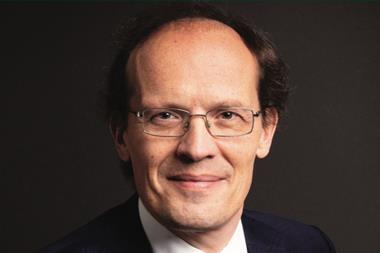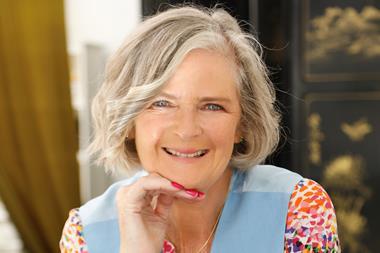AP2, one of Sweden’s main national pensions buffer funds, revealed today that the proportion of board members at domestic listed companies who are women has dipped this year, with the percentage having levelled off in recent years after steady growth in earlier years.
Publishing the results of its Female Representation Index 2024 report, the SEK425bn (€37.9bn) buffer fund said the proportion of female board members in companies listed on Nasdaq in Sweden had fallen back in the past year to 35.5% from 36.1% in its 2023 report.
However, the 2024 figure was on a par with 2022’s 35.4%, according to the Gothenburg-based institutional investor.
Eva Halvarsson, chief executive officer of AP2, said: “The companies have some way to go to reach the goal of 40% women on the boards”.
In 2015, the Swedish Corporate Governance Board set a goal of a 40% combined board representation for the least represented gender at Swedish listed companies.
Just 41% of Swedish listed companies were now living up to that level – down from 43% of firms in 2023, AP2 said.
AP2’s survey showed that the percentage of women among newly-elected board members was 38.3% – a higher proportion than in existing boards.
“However, it is noted that the target of 40% will not be reached at this rate of change,” the buffer fund commented.
The proportion of women in listed companies’ management teams, had increased though in the latest report to 28.8% from 26.4% in 2023, with the 2024 percentage being the highest level measured since the survey started in 2003.
AP2 said that in the last 10-year period, the proportion of women on both the boards of listed companies and within their management teams, had grown by around a percentage point each year.
“During the period, the proportion of women on boards has increased by 10.8%, but the trend levelled off during the second half of the period,” the buffer fund said.
In management terms, the proportion of women had climbed 10.4 percentage points, continuing to increase at a steady pace even in the later years of the survey, AP2 said.
Swedish companies which had nomination committees were shown in the study to have a higher proportion of women on their board than did firms without such a panel, AP2 said.
Firms whose nomination committees had female representation tended to have an average five percentage point higher proportion of female board members than did all-male nomination committees, the survey found.
“At the same time, half of all nomination committees lack a female representative,” AP2 said.
Read the digital edition of IPE’s latest magazine



































No comments yet